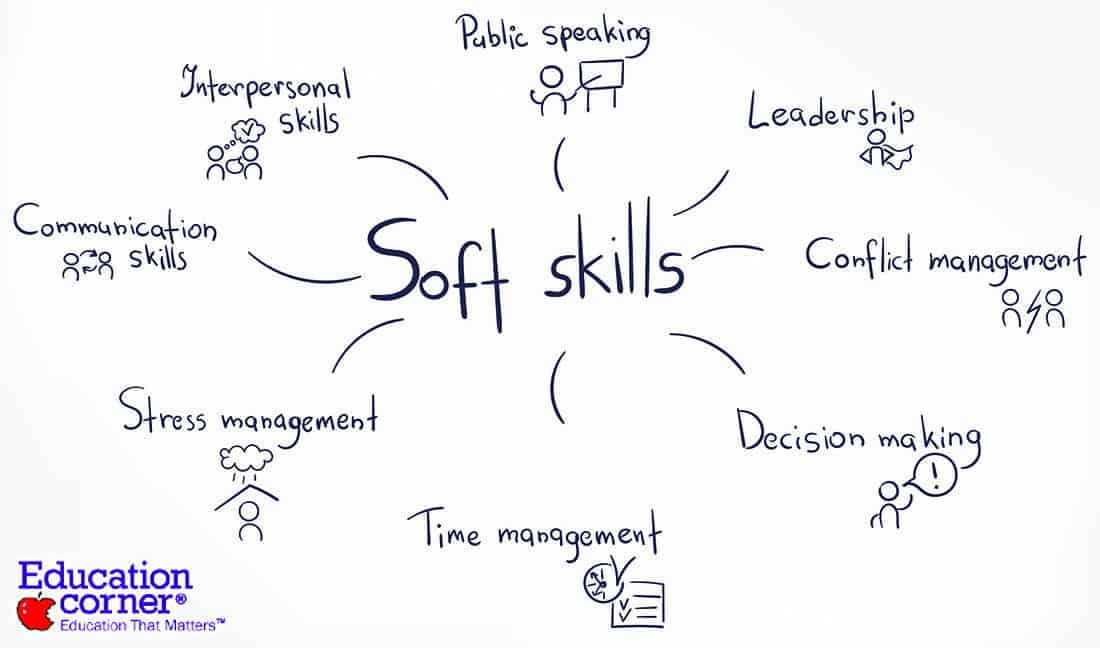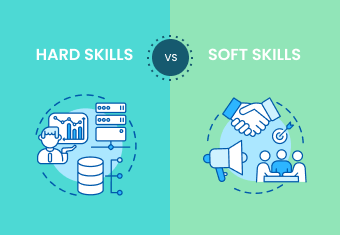
AdaptabilityĪ skill that any student will use from school through their career will be the ability to adapt to any given situation. With an understanding of the issue and previous responses, creative individuals assess what resources are available and develop new approaches to solving the problems within their organization. They have an ability to understand the problems in front of them and the solutions that have previously been used. Those with a solid sense of creativity are innovative problem solvers. Creative individuals are able to work within the limits of their organization in such a way that they conceive new approaches that help improve the way their organization responds to arising issues. While this is sufficient for dealing with most work issues from one day to another, you also need to be able to develop innovative solutions when novel problems arise.

People get accustomed to working according to certain rules and routines. One of the most underrated skills for people to possess is the skill of creativity. Good communicators listen and respond, ensuring that everyone on a team has a solid understanding of work that still needs to be done. They need to be able to understand where others stand with regards to finishing a project. This can lead to projects failing as communication comes to a halt.Įffective communication requires individuals to be strong listeners as well as communicators. When communication breaks down, people get confused about what has been done, what needs to be done, and when things are due. It doesn’t matter how well they perform their individual job if they can’t communicate what they’re doing to others. Communication SkillsĬommunication skills are important because even if someone is highly skilled in their field, they still need to help their organization succeed. Many times, these broad soft skills encompass smaller skills, such that many smaller skills help prepare a student to be successful in broad categories such as teamwork or communication. So, what are some soft skills and how are they used? Every job will prioritize different soft skills, but here are some of the skills that are most frequently identified as necessary in the workforce. Since most students will never find the opportunity to take a class that specializes in teamwork, for example, it falls to teachers to integrate the instruction of soft skills into their existing courses. However, students will also list soft skills like “detail-oriented” or “leadership.” Since hiring managers look at both hard and soft skills, it’s important for activities to be developed that teach both. Someone applying for a job can point to their degree in these areas, which suggest they made sufficient grades in these areas. Hard skills might be listed, such as data analysis or mathematics. When students move beyond school and move into their careers, they’ll list their soft skills the same as they list their soft skills. However, soft skills are still incredibly important, and schools still need to communicate these topics to students. Soft skills cannot be quantified and verified with the same ease. Quantifying and verifying these subjects is easy.

While you can hand out certificates for skills, like leadership, how do you actually quantify leadership? A grade of 90 in math can represent that a student scored nine out of ten questions right, and those questions can easily be checked and verified. Soft skills are a lot harder to quantify. It’s easy to check the degree of mastery over these skills because grades can easily be looked up. For instance, when a student performs well in school, they receive high marks for grades and, eventually, are awarded a degree demonstrating that they’ve attained a certain level of mastery in those skills. These are skills that are easily quantifiable. Hard skills, as opposed to soft skills, are the types of skills that students routinely get taught in school.

Soft skills include talents such as creative problem solving that are distinguished from hard skills in a few important ways.

There are rarely classes designed specifically for soft skills, but that doesn’t mean these skills aren’t important. However, even less discussed are the soft skills that students need to succeed once they’re out of college and in the workforce.
What are soft skills how to#
This has left teachers of other subjects, such as art or history, feeling a little left out of the conversation surrounding how to adequately prepare students for future careers. Teaching Soft Skills: The Complete Guide by Becton LovelessĮducation is dominated by discussion of the hard sciences these days, with great emphasis placed on STEM instruction.


 0 kommentar(er)
0 kommentar(er)
